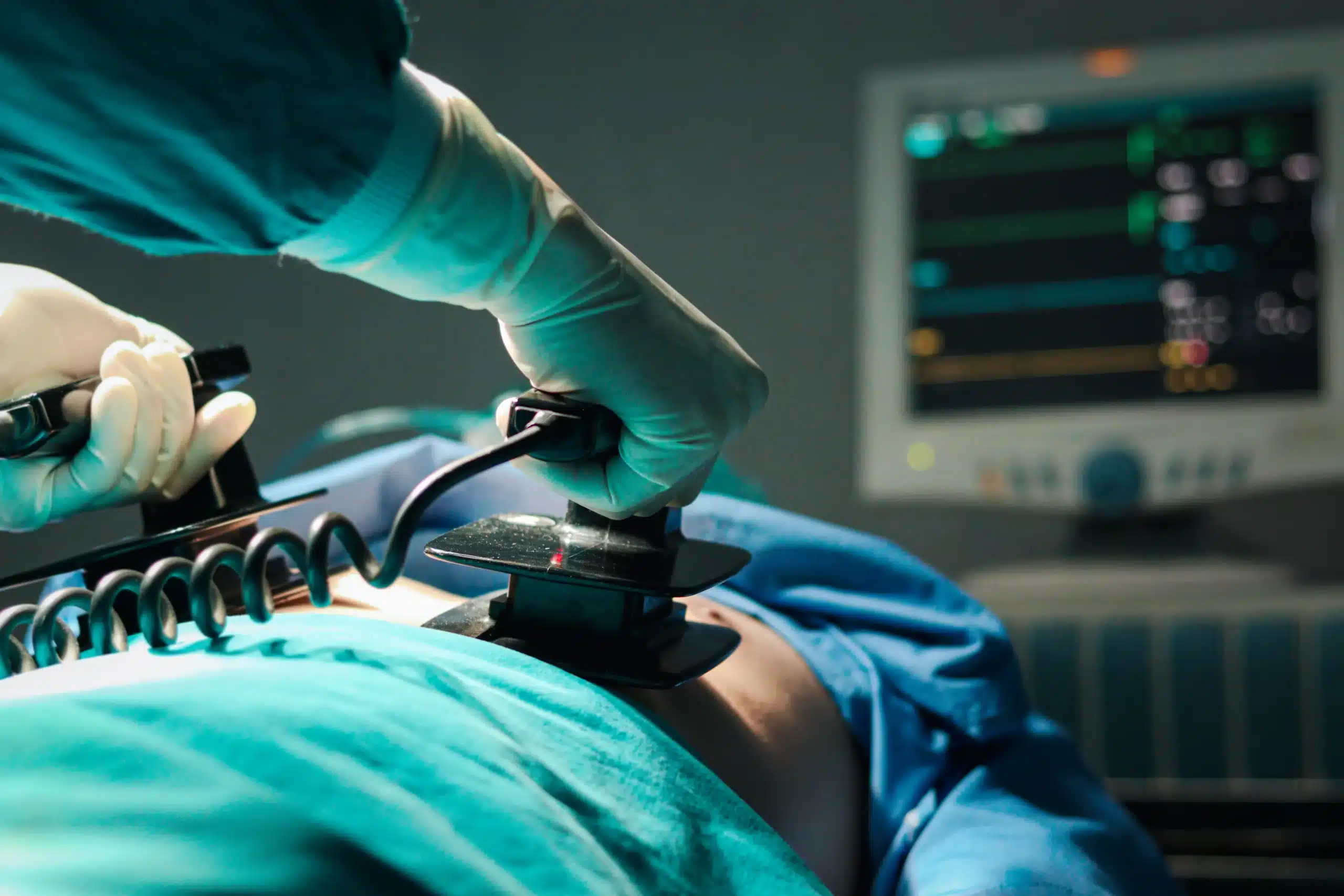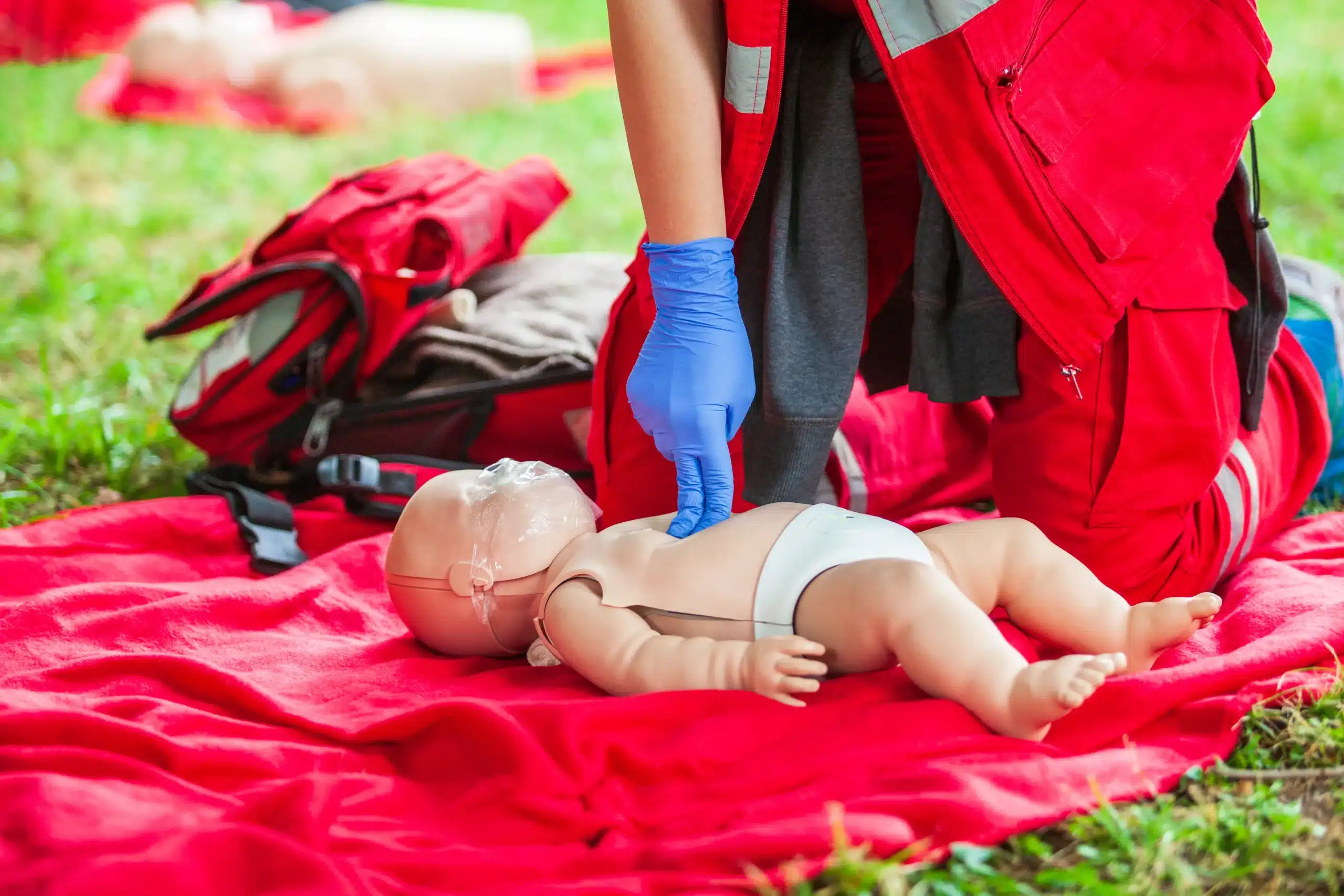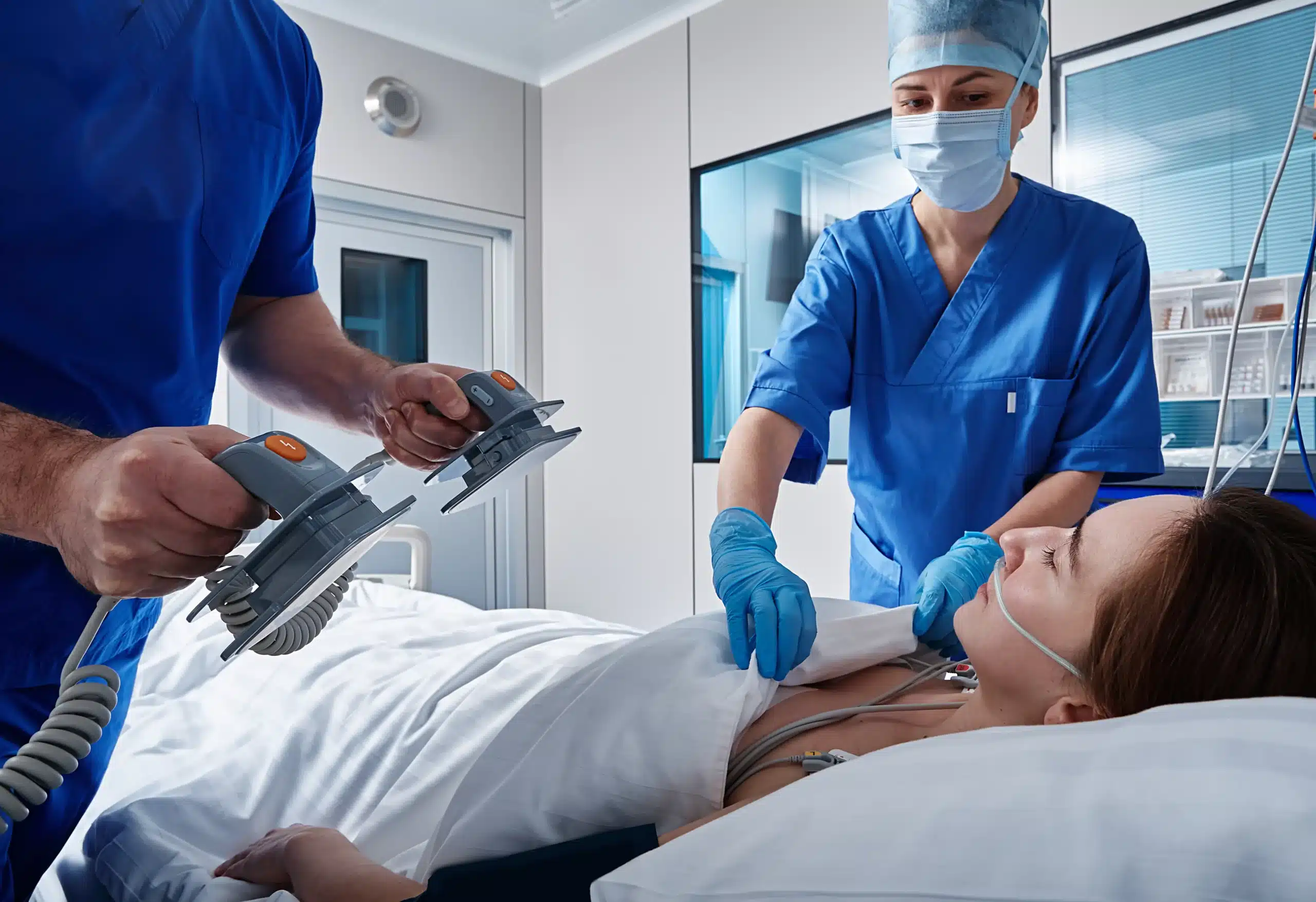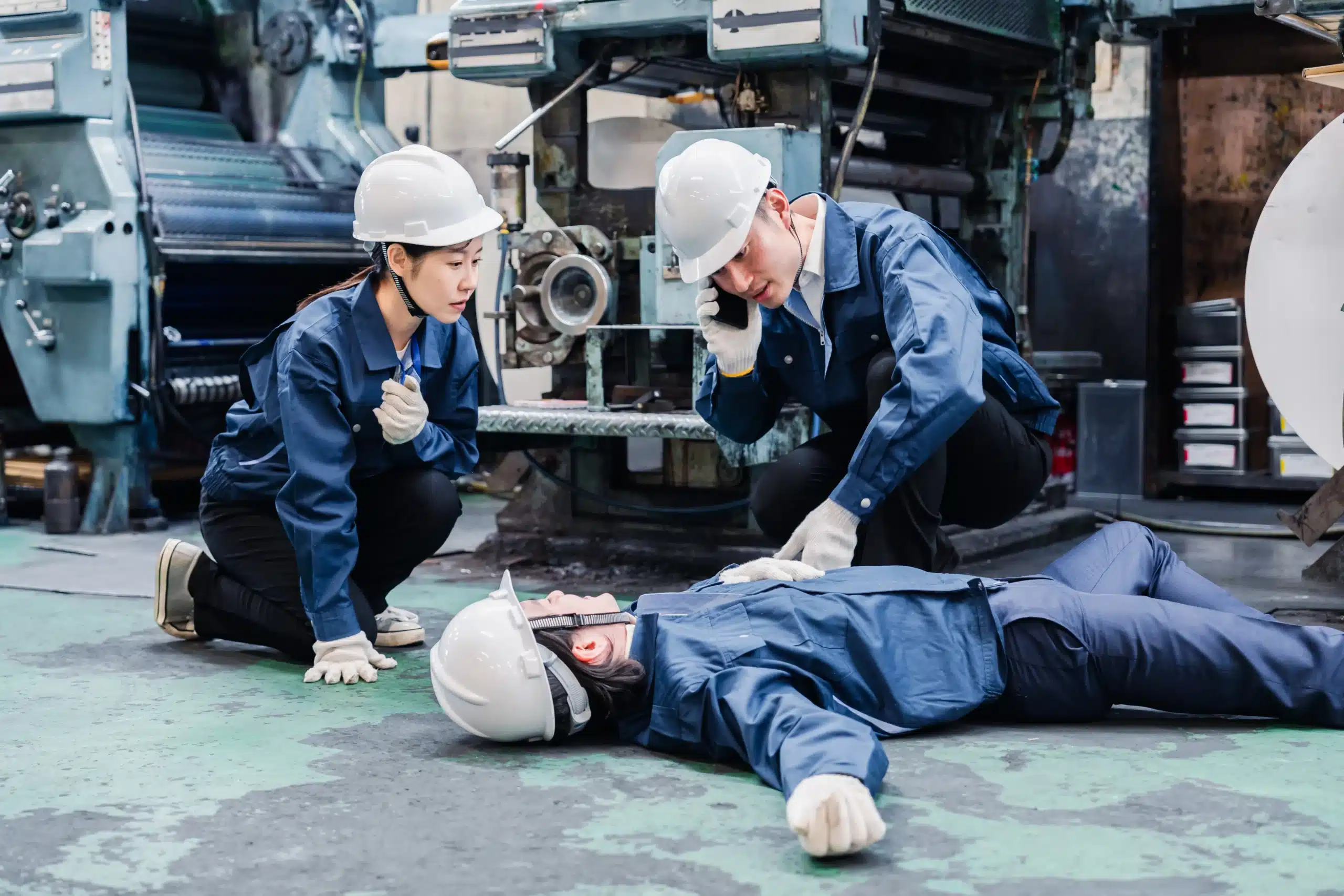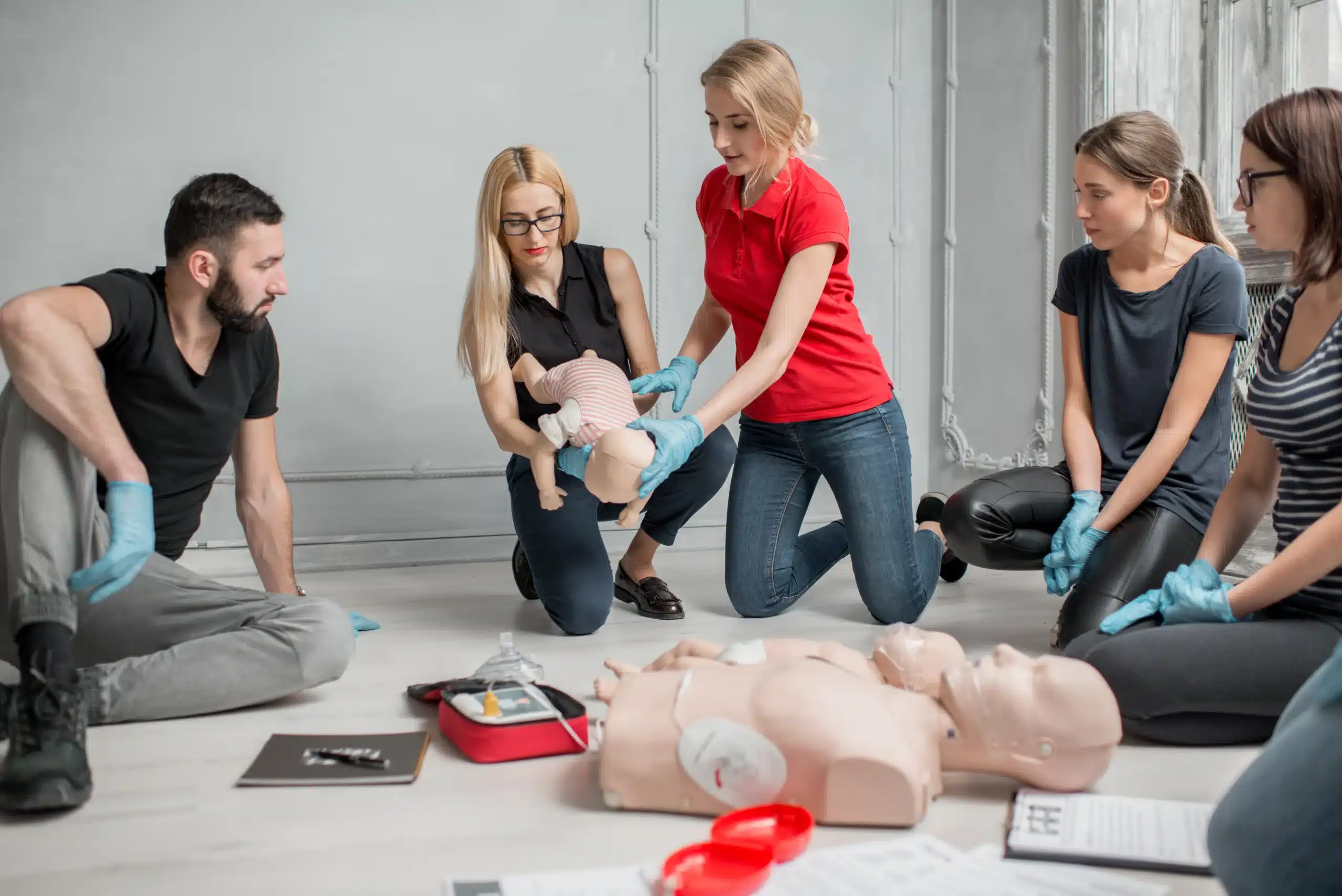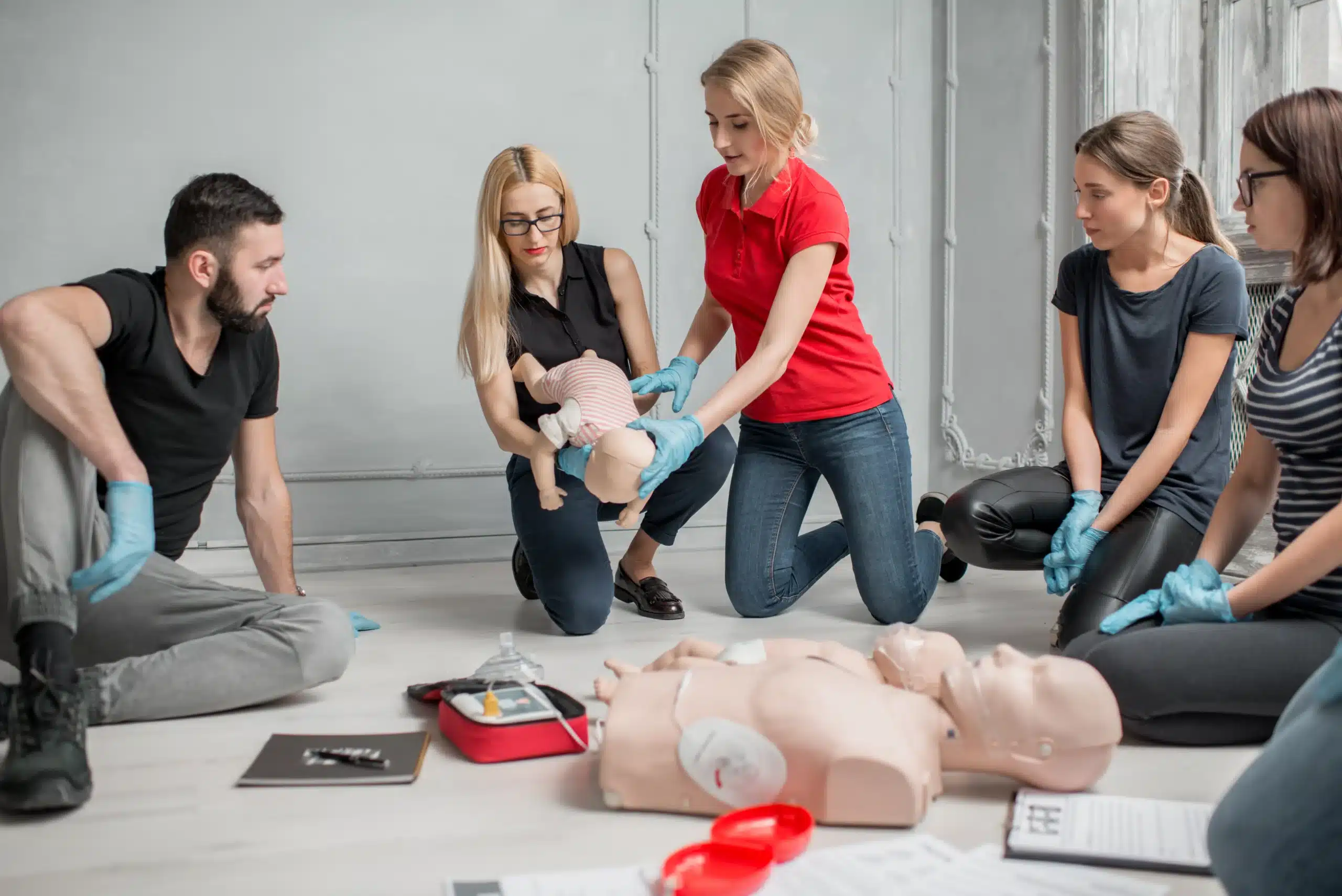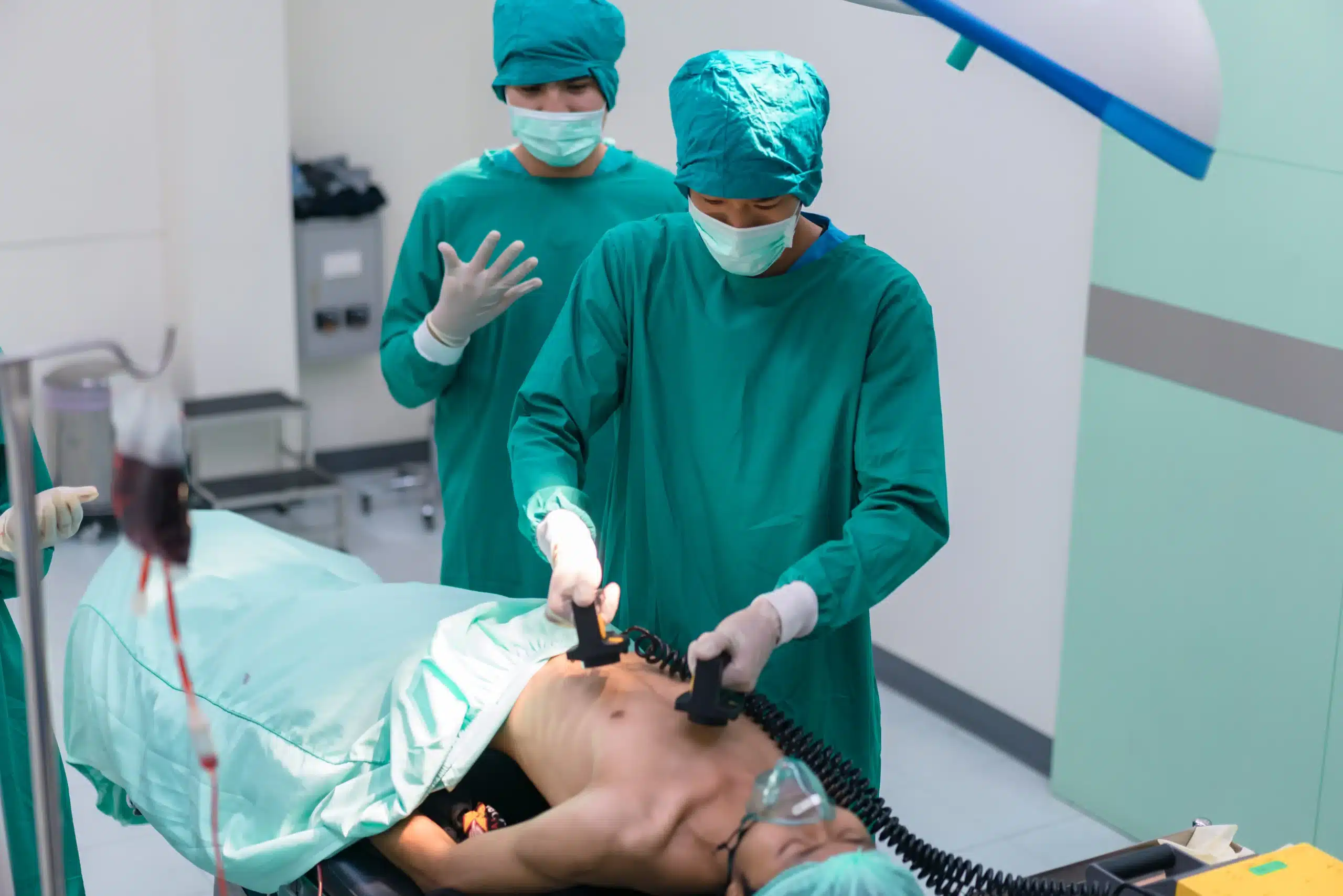Learning CPR can make a profound difference in someone’s life. From everyday heroes to healthcare professionals, having these skills empowers you to act quickly during emergencies. But with so many CPR course options available, how do you choose the right one? This guide breaks down the different types of CPR training, including BLS, ACLS, and PALS, helping you find the perfect fit for your needs and career goals. We’ll also explore how to find reputable CPR courses near me, discuss costs, certification, and the importance of hands-on practice. Whether you’re a parent, teacher, healthcare provider, or simply want to be prepared, this guide will help you confidently navigate the world of CPR training.
Key Takeaways
- Choose the Right CPR Course: From basic CPR and first aid to advanced certifications like BLS and ACLS, there’s a course for everyone. Consider your career goals and personal needs when selecting your training.
- Find Accredited Training: Ensure your chosen course is accredited by a recognized organization like the AHA or ARC. Research local providers, compare options, and ask about discounts.
- Hands-On Skills Matter: Effective CPR requires practical experience. Prioritize courses with hands-on training to build confidence and prepare you for real-life emergencies.
What are My CPR Course Options?
Deciding to learn CPR is a great first step. Now, let’s figure out which course is right for you. This section breaks down the different types of CPR training, how to choose the best fit, and the essential skills you’ll gain.
CPR Course Types
Several CPR certifications cater to different needs and professions. Basic CPR and First Aid classes teach fundamental life-saving skills for responding to emergencies. These courses are suitable for anyone, from parents and teachers to babysitters and workplace responders. More advanced certifications, like Basic Life Support (BLS), Advanced Cardiovascular Life Support (ACLS), and Pediatric Advanced Life Support (PALS), are designed for healthcare providers and those in specialized roles. The RQI program offers a flexible, skills-based approach to maintaining these certifications for medical professionals. Knowing the differences between these courses will help you choose the best option for your situation.
Choosing the Right CPR Course
Finding the right CPR course depends on a few factors. Consider your current job or career aspirations. Healthcare professionals often require BLS, ACLS, or PALS certification. If you’re looking for general knowledge or need CPR training for a specific job, a CPR and First Aid course might be perfect. Also, think about your learning style and schedule. Do you prefer in-person instruction or the flexibility of online learning? CPR courses in Milpitas are available in various formats to accommodate different preferences. Finally, check if your employer or professional organization requires a specific type of certification. Knowing the requirements beforehand streamlines the process.
Essential CPR Skills
Regardless of the course you choose, you’ll learn essential skills to respond confidently in emergencies. CPR classes teach you how to recognize the signs of a cardiac arrest, perform chest compressions and rescue breaths, and use an automated external defibrillator (AED). First Aid training covers treating common injuries like cuts, burns, and sprains. These skills empower you to provide immediate assistance until professional help arrives, potentially saving a life. Upon completion of your course, you’ll receive an official certification card, typically valid for two years.
Find Reputable CPR Training
Finding the right CPR training is crucial for gaining confidence and skills to handle emergencies effectively. Here’s how to find reputable CPR classes near you:
Look for These Credentials
First, make sure any CPR training you consider is accredited by a recognized organization. The gold standard is usually the American Heart Association (AHA) or the American Red Cross (ARC). These organizations set specific guidelines and standards, ensuring your certification is widely accepted. If you’re pursuing CPR certification for a specific job, double-check which certifications they prefer. Some employers might require certification from a particular organization. You can find more information about online CPR certification validity here.
Research Local CPR Training
Once you know what credentials to look for, start researching local options. Think about your schedule and what works best. Are weekend classes more convenient? Do you need an evening class? Many training centers offer various schedules to accommodate busy lifestyles. A quick search for “CPR training in Milpitas” can help you find a course that fits your needs. This guide to CPR training in Milpitas offers helpful local resources.
Top CPR Training Providers
Several well-regarded organizations offer CPR training. Here are a few to consider:
American Heart Association (AHA)
The AHA offers a wide range of CPR and first-aid courses, from Basic Life Support (BLS) for healthcare providers to Heartsaver courses for the general public. They also offer advanced courses like Advanced Cardiovascular Life Support (ACLS) and Pediatric Advanced Life Support (PALS). You can explore the AHA’s course offerings on their website.
American Red Cross (ARC)
The ARC is another trusted provider of CPR training. They offer various courses, including adult, child, and infant CPR, as well as First Aid and AED training. Check the Red Cross website for courses near you.
Milpitas CPR Classes
For those in the Milpitas, San Jose, and Santa Clara area, Milpitas CPR Classes offers AHA-certified courses. They provide training in BLS, ACLS, PALS, CPR, and First Aid.
National Safety Council (NSC)
The NSC is a well-known safety organization that also provides CPR training. Their courses focus on equipping individuals with the skills to respond effectively in emergencies.
How Much Do CPR Courses Cost?
CPR certification is an investment in lifesaving skills, and understanding the costs involved is an important part of choosing the right course. Let’s break down what you can expect to pay and why prices might vary.
Typical CPR Course Prices
You’ll find that CPR course costs vary, but generally, a Basic Life Support (BLS) certification course in Milpitas runs around $70 for a 3.5-hour class. This price typically includes your American Heart Association BLS certification card, valid for two years. Keep in mind that other certifications, like ACLS or PALS, may have different pricing.
Factors Affecting Cost
Several factors influence the final cost of your CPR course. The type of certification (BLS, ACLS, PALS, etc.) is a major one, as each course covers different skills and materials. The training provider and the course duration also play a role. Longer, more specialized courses naturally cost more.
Group Discounts
If you’re training a team, inquire about group discounts. Many CPR training providers offer reduced rates for group bookings. Some providers also extend discounts to students, so be sure to ask about special pricing if it applies to you.
CPR Course Duration and Certification
CPR certification courses give you the skills to respond confidently in emergencies. Knowing what happens in these courses, how certification works, and why hands-on training is so important will help you choose the right class and get the most from it.
What Happens in a CPR Course?
CPR courses cover essential life-saving techniques, from recognizing the signs of a medical emergency to providing basic first aid. You’ll learn how to assess a situation, when to call 911, and how to perform chest compressions, rescue breaths, and use an automated external defibrillator (AED). Many courses also include basic first aid training for common injuries like cuts, burns, and sprains. Find a CPR course in Milpitas that fits your needs.
Certification Renewal
CPR certifications, such as those from the American Heart Association, are usually valid for two years. Regular renewal keeps your skills current and aligned with the latest guidelines. BLS renewal courses are readily available to maintain your certification. Always check with your certifying organization for their specific renewal requirements.
Hands-On Practice: Why It Matters
Effective CPR requires more than just reading a textbook. Hands-on practice is essential to any good CPR course. You’ll work with mannequins, simulating real-life scenarios to build muscle memory and confidence. This practical experience cements your learning and prepares you to act quickly and efficiently during a real emergency. CPR and First-Aid certification classes in Milpitas emphasize this hands-on learning, which leads to certification from recognized organizations like the American Heart Association.
Online vs. In-Person CPR Training
Deciding between online and in-person CPR training depends on your needs and learning style. Both have advantages, so let’s break down the pros and cons to help you choose.
Online Course Pros and Cons
Online CPR courses offer flexibility. You can learn at your own pace and fit the training around your schedule. This convenience makes online learning attractive for busy professionals, parents, and anyone who prefers self-directed study. Reputable online CPR certifications are valid if issued by an accredited organization like the American Heart Association (AHA) or the American Red Cross (ARC). Most online CPR certifications are valid for two to three years, but renewal requirements vary. One drawback is that while online courses cover essential material, they sometimes lack the hands-on skill development crucial for real-life emergencies. For some healthcare professionals, online CPR certification might suffice, but many employers and licensing boards require additional training.
Employer Acceptance of Online CPR Certification
While convenient, it’s essential to confirm whether your employer or licensing board accepts online CPR certification. Requirements vary, and some professions may require in-person training. Always check with your employer or licensing board to ensure your chosen certification meets their standards. The high demand for online CPR training reflects its accessibility, but prioritize certifications that align with professional requirements. Online CPR courses are a popular option for those seeking a flexible learning experience.
Blended Learning CPR Courses
Blended learning CPR courses combine online learning flexibility with the practical experience of in-person training. The Red Cross offers blended CPR training that lets you learn theoretical concepts online at your own pace and then demonstrate your skills in a hands-on, in-person session. This approach ensures you grasp the material and develop the confidence to perform CPR effectively. Blended learning often fulfills workplace requirements and typically results in a two-year certification. If a fully in-person course is challenging due to your schedule or location, blended learning offers a valuable alternative.
Related Articles
- CPR Courses in San Jose: The Complete Guide – Milpitas CPR Classes
- CPR Certification in San Jose: Your Complete Guide – Milpitas CPR Classes
- Online CPR Classes in San Jose: Your Complete Guide – Milpitas CPR Classes
- Why CPR Is Vital in Healthcare & How to Get Certified
- Pediatric CPR & First Aid Classes in San Jose – Milpitas CPR Classes
Frequently Asked Questions
Which CPR certification is right for me? The best CPR certification depends on your specific needs. If you’re a healthcare professional, BLS, ACLS, or PALS are likely necessary. For general knowledge or workplace requirements, a standard CPR and First Aid course might be sufficient. Consider your career goals, learning style, and any employer requirements when making your decision.
How do I find reputable CPR classes near me? Start by searching online for “CPR training near me.” Look for courses accredited by recognized organizations like the American Heart Association (AHA) or the American Red Cross (ARC). Check reviews and compare course schedules and prices to find a good fit. Also, consider whether in-person, online, or blended learning best suits your needs.
What’s the difference between online and in-person CPR training? Online CPR training offers flexibility and convenience, allowing you to learn at your own pace. In-person classes provide hands-on practice and direct interaction with an instructor. Blended learning combines online coursework with in-person skills sessions. Consider your learning style and whether your employer requires in-person training when choosing a format.
How much does CPR certification cost? CPR course costs vary depending on the type of certification, the training provider, and the course format. Basic CPR and First Aid courses are typically less expensive than more specialized certifications like BLS, ACLS, or PALS. Check with various providers for pricing and ask about group or student discounts.
How long is a CPR course and how do I renew my certification? CPR course duration varies depending on the level of certification. A basic CPR and First Aid course may take a few hours, while more advanced courses require more time. Most CPR certifications are valid for two years. Check with your certifying organization for renewal requirements and available renewal courses.
